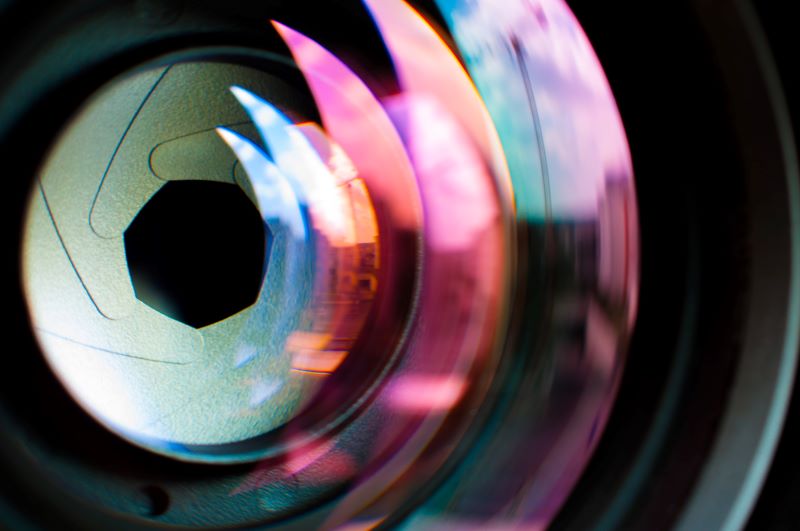On July 12, the Intelligence Advanced Research Projects Activity (IARPA) — the advanced research and development arm of the Office of the Director of National Intelligence — launched a new program to research and develop technology that can build photorealistic virtual models using satellite, ground-level, and other available imagery.
The Walk-through Rendering from Images of Varying Altitude (WRIVA) program seeks to produce innovations that will advance 3-D site modelling capabilities far beyond today’s state of the art, giving personnel virtual “ground truth” with unrivaled insights into locations that would be difficult, if not impossible, to view. Imagine if the Intelligence Community (IC), law enforcement, first responders, military, and aid workers could virtually drop into a location and familiarize themselves before their feet even hit the ground.
“WRIVA’s ability to help users visually see and plan a mission or activity, despite limited access to imagery, will be a game-changer for the IC and others who require a deep grasp of the physical environment they will be operating in,” said WRIVA Program Manager Ashwini Deshpande. “And while it will not be better than reality, it might mean the difference between mission failure and success.”
Through a competitive Broad Agency Announcement, IARPA awarded WRIVA research contracts to the following lead organizations, which together bring a group of 34 institutions, non-profits, and businesses into the program:
- Accenture Federal Services
- BlueHalo
- Johns Hopkins University
- Raytheon Technologies Research Center
- SRI International
- STR
The WRIVA test and evaluation team consists of Johns Hopkins University Applied Physics Laboratory, MITRE Corporation, and Massachusetts Institute of Technology Lincoln Laboratory.
The WRIVA program is anticipated to last 42 months.
Source: IARPA
Stay in the know with breaking news from across the IC and IC contracting landscape by becoming a paid subscriber to IC News. Your support makes our work possible.









